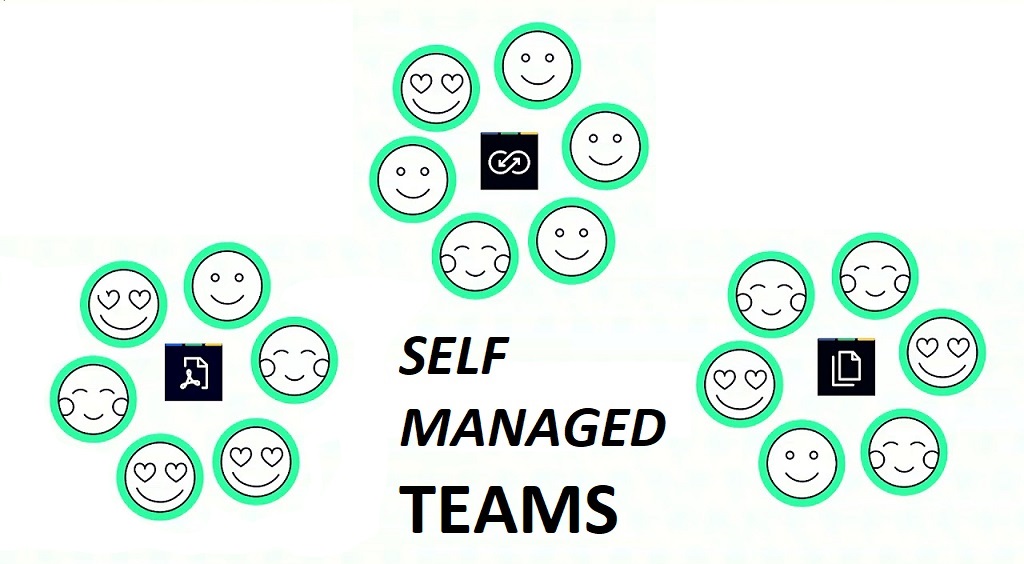
The best team members you’ve ever worked with likely had one thing in common: Strong self-management skills. As a manager, we don’t want to be pulled into double-checking every detail of a project or answering minute questions incessantly. After all, we have our own responsibilities to focus on. The best employees are the ones who manage themselves.
How do we optimize for this?When hiring and training a team, we will need to pay attention to our potential team member’s self-management skills. Here are some self-management skills to look out for and continually hone within the team:
01: Do they know what to work on first?
One of the most important self-management skills a team member can enact is how they manage their time. In particular, this means they internalize priorities well, and know precisely what to work on first. Our team can only make strong progress if everyone is each working on what is most important for the team, in any given moment. An employee with strong self-management skills can discern which activities should happen “now” or “later.” They can decide that one task can be afforded to be done quickly, while another task requires more significant attention. We need to keep in mind, as a manager, it’s our responsibility to share information with the team about company vision and progress so that they have a frame for what to work on first. Otherwise, we leave even the person with the strongest self-management skills out to dry.

02: Can they give an answer when there is no answer?
Sometimes, an employee is going to have to make the call. Perhaps we, as managers, are out on vacation or out of the office for part of the day. Or perhaps it’s a decision that an employee should be making, as it’s within their domain. In most situations, that shouldn’t require the direct report to call us on the phone or seek our approval: They should be able to come up with an answer, even when there is no answer. Effective self-management skills call for confident decision-making. The team should become comfortable with our company’s mission, vision, and values and know how to respond to situations accordingly.
In the book, The Effective Executive, by Peter Drucker, decision-making is frequently discussed as an important tenet in self-management. And specifically, the ability to include a variety of opinions in making sound decisions. Drucker in fact recommends to not start with fact – start with opinions. Once we lay out opinions, we can then work backwards to figure out what all the potential courses of action could be, before then settling on the best decision.
This ability to think decisions through on their own, from all angles, should be something to seek out in our team members – or teach them
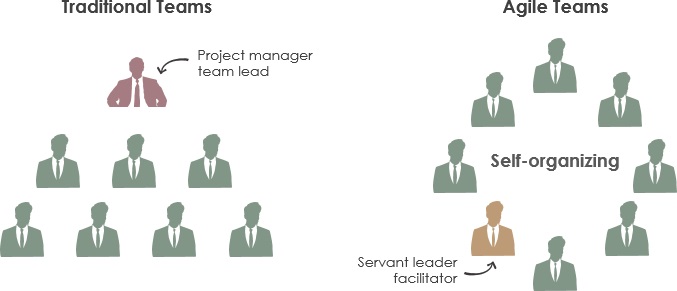
03: How do they react under pressure?
An employee can only prioritize tasks and make good decisions if they’re able to manage their own stress, to begin with. Someone who has a propensity for angry outbursts – or perhaps worse, doesn’t speak up when they’re overwhelmed – will only hurt the rest of the team disproportionately. Ideally, we want to hire someone who is self-aware enough to understand how stress affects them. Stress affects all of us – none of us are immune to it. And it all affects us differently, to varying degrees.
In the book, No Hard Feelings: The Secret Power of Embracing Emotions at Work by Liz Fosslien and Mollie West Duffy,a concept is espoused to stop feeling bad about feeling bad. Don’t blame ourselves for being stressed out and/or not being happy all the time. They write: “A better version of the familiar adage “Grin and bear it” may be “Sometimes you have to bear it, but you shouldn’t force yourself to grin.”
So yes, people are going to have to deal with stress at work but seeking out team members who understand how to pause, reflect, and calibrate their own reaction in a stressful situation is imperative. Figure out how theteam members should be handling stress – and lend a helping hand.
04: How proactive and thorough are they about solving problems?
Whether problems are technical in nature or interpersonal, an employee with strong self-management skills takes it upon themselves to solve them. At the end of the day, us as managers should not be the ones solving problems – we should simply be creating an environment for the team to solve problems on their own. As we interview, hire, onboard, and train the team, we will want to make sure our team member is both proactive and thorough in solving problems. Here are some questions to ask ourselves as a manager – or to pose to our employees – around how to ensure they’re able to solve problems well:
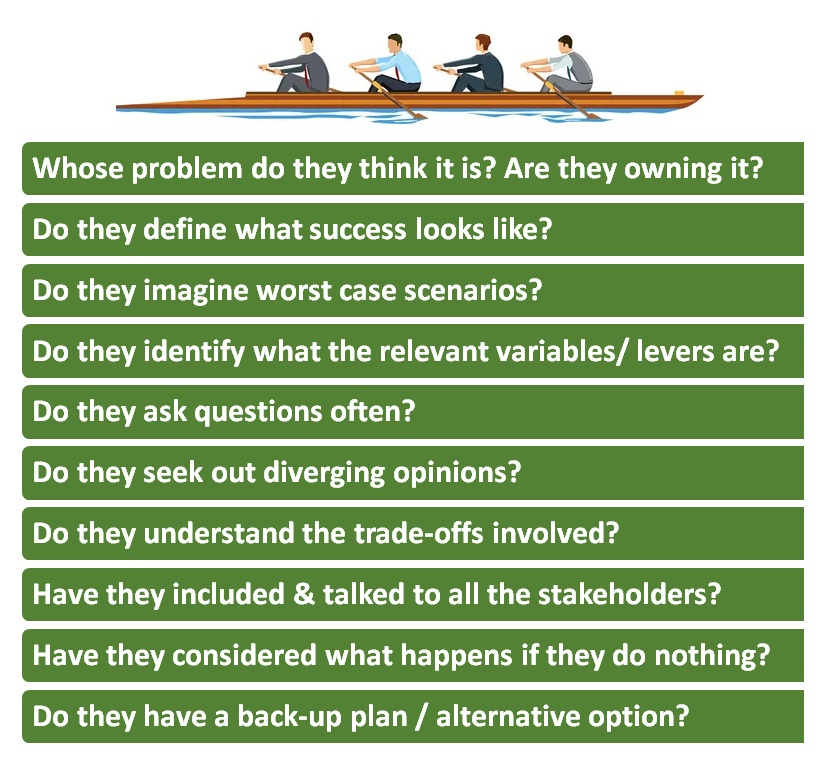
In short, problem-solving is important both to individuals and organizations because it enables us to exert control over our environment. We want the team member to have this ability to exert control over their ownenvironment.
Effective time management and prioritization, confident decision-making, graceful stress management, and strong problem solving are the biggest self-management skills we can be looking for when building our team. Let the people know that these skills are valued and part of why we hired them. It makes a world of difference for the individuals we hire to know these skills are valued by us as a leader, and it will drive them to maintain their self-management skills and keep them sharp.
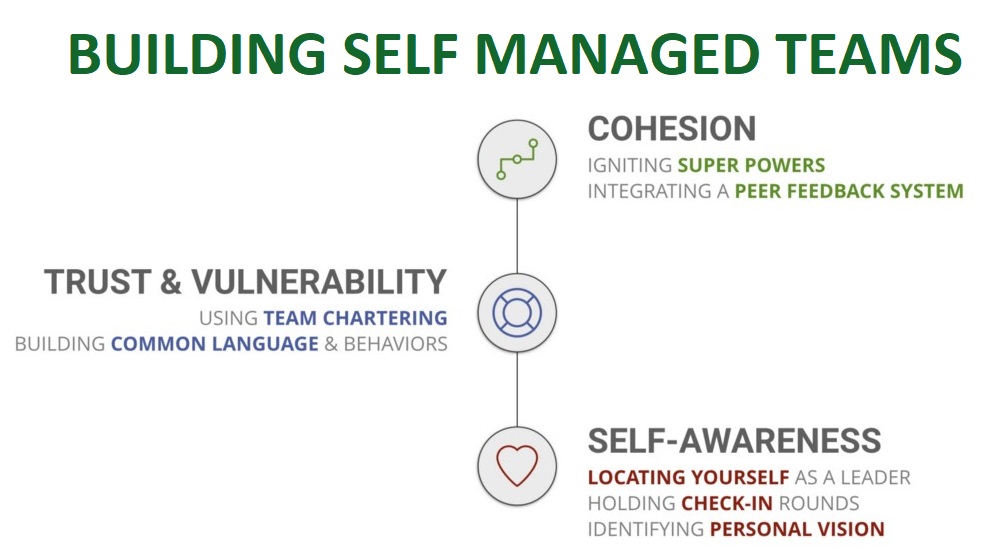
Suggested Tool- Team Chartering:
It’s the practice of designing and building the team together. And even if its a team who has worked together for a long time, taking the time to go back and work through these steps helps. A team charter is an alignment tool. It’s an opportunity to identify agreements, expectations, and make commitments for how you’re going to work together. It brings clarity and purpose and promotes autonomy. It’s common that teams go to work but forget exactly what they are working towards, so this is a great way for any team to articulate how they are going to serve each other and the organization.
Purpose: Team chartering always starts with Purpose so that our entire team becomes aligned with what we are here to do. The purpose is the end result. Think of it this way: once we have accomplished what we are here to do as a team, how will the world be any different? Our purpose as a team then will nest up into the purpose of the organization at large.
Mission: The mission is different than Purpose. The purpose is the ‘why’, our mission is the ‘how.’ How our team is actually going to achieve that purpose. It’s the shorter-term objectives and the results we want to achieve together.
Values: In addition to the purpose and mission, the team charter will also hold our values. And, again, like your Purpose, these values will nest up into the overarching values of the company. A great way to set team values is to have the entire team write down their personal values and bring those to a collaboration session.
Put them all up on a wall and then the team can filter through those and decide which ones make the most sense or are relevant to the mission and purpose they are looking to accomplish. Try to narrow it down to no more than ten. And when things get hard, bring the team back to these values, the mission, and the purpose.
Communication & Workspace: Another part of designing how the team will work together is specifying communication and workspace preferences. This is how the team will share information and communicate. Adaptive, high-performing teams work out in the open so that information is accessible to their teams at all times. So when we are identifying the communication and workspace pieces of our charter, we will want have the discussion of both behaviours and tools. The team will want to decide which tools are available to the company so that we can work out in the open. But its important to remember that it is less about which tools we are going to use and more about how they allow us to accomplish our mission and purpose.
Meeting/Operating Cadence: With team chartering, we will also want to work out the team’s general operating rhythm. How will e organize the work and move it forward? How are we going to meet and for what purpose? Maybe we will have a live stand-up every day/ once in three days to remove roadblocks that are coming up. Maybe we have 60-minute coordination meetings on Mondays to organize and align the work. Maybe we have Retrospective meetings on Fridays. Meetings are a big one because it’s where we can waste most of our life if the meetings are not purposeful. So we want to be thoughtful about the purpose the meetings serve. There’s a ton of opportunity to increase performance — and morale — simply by being clear about the meetings we need as a team in order to do our work. Use retrospective meetings to continuously work on self-awareness, trust, and vulnerability with each other, discussing what we have learned and what we can do better as individuals and together.
Guardrails and Norms: The final piece to the team charter is setting guardrails and norms where we are identifying anything that may getting in the way of accomplishing our mission and purpose. For example, if the team burns out, they can’t do anything, so maybe we have a norm that we keep an eye on each other’s health, or we decide we will take mental health days once a month. Guardrails may be things like how much we can spend on travel or what the budget looks like in general. Important things to name and talk about as a team. Guardrails and norms are also some of the most dynamic parts of our team charter. When the team works through conflict, identify whether we need to adjust the guardrails and norms so that the team continue to be as autonomous and harmonious as possible.
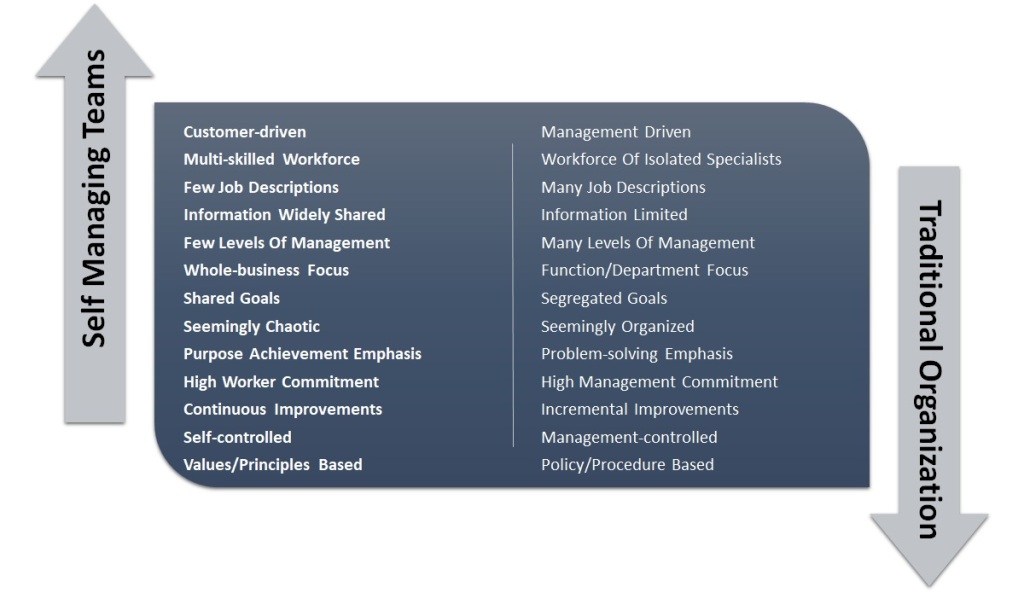

Content Curated By: Dr Shoury Kuttappa.

